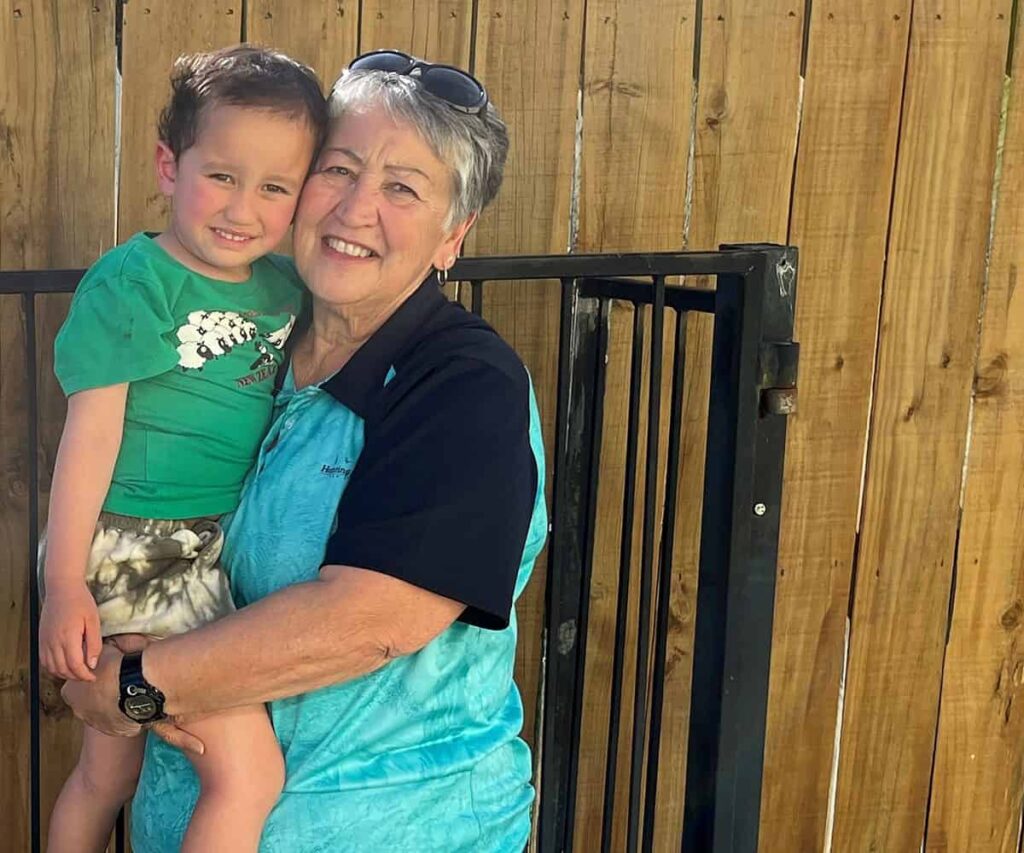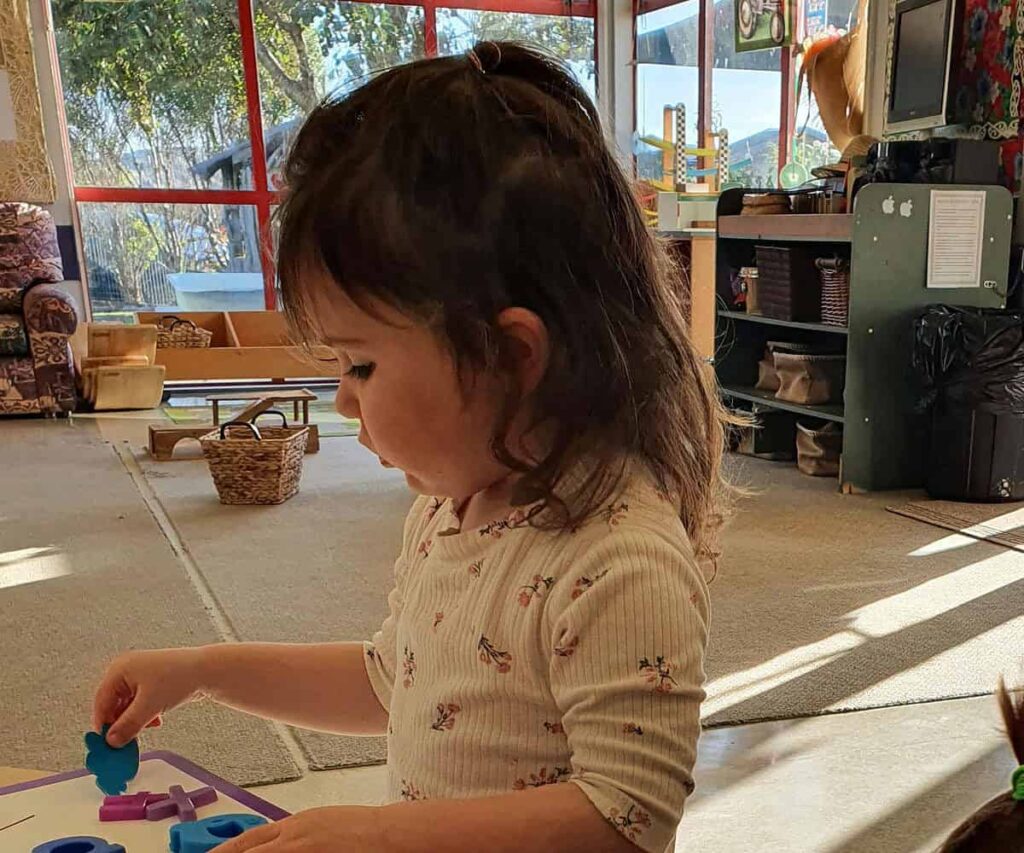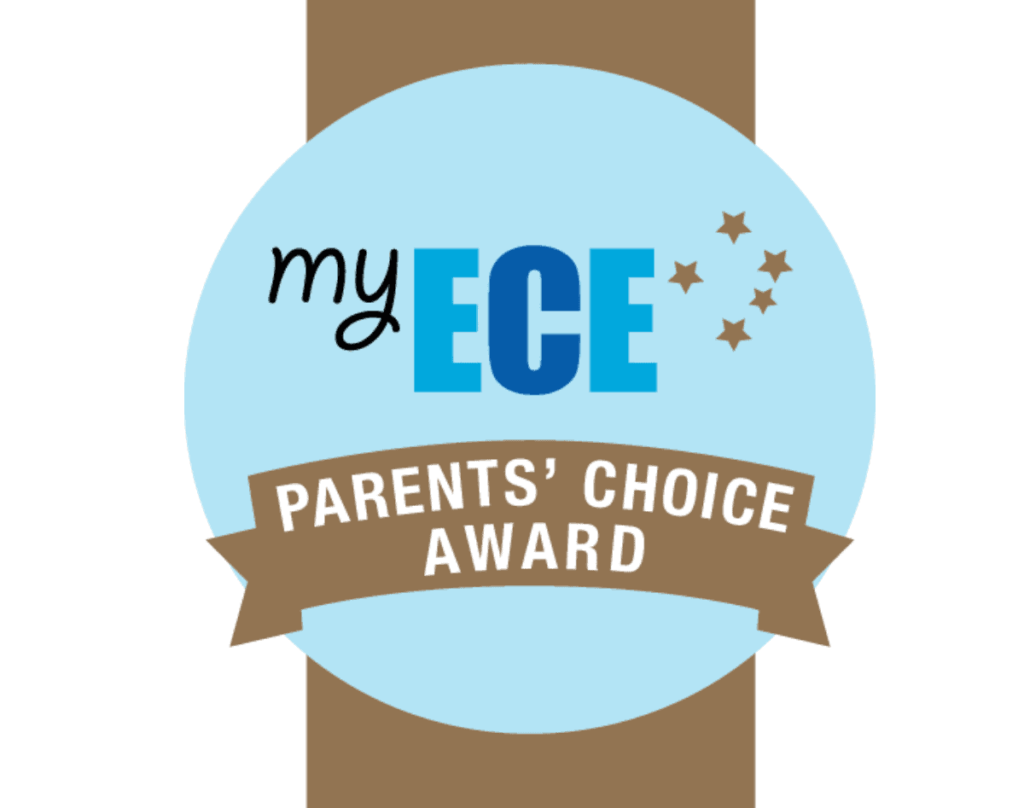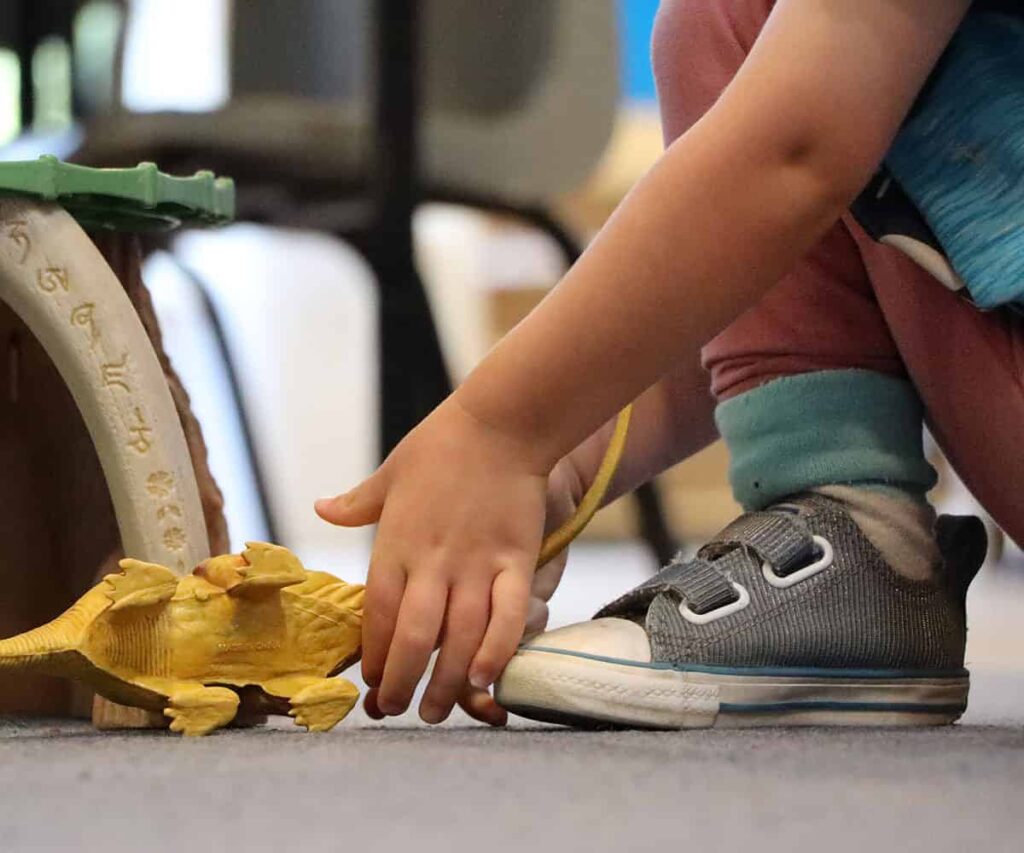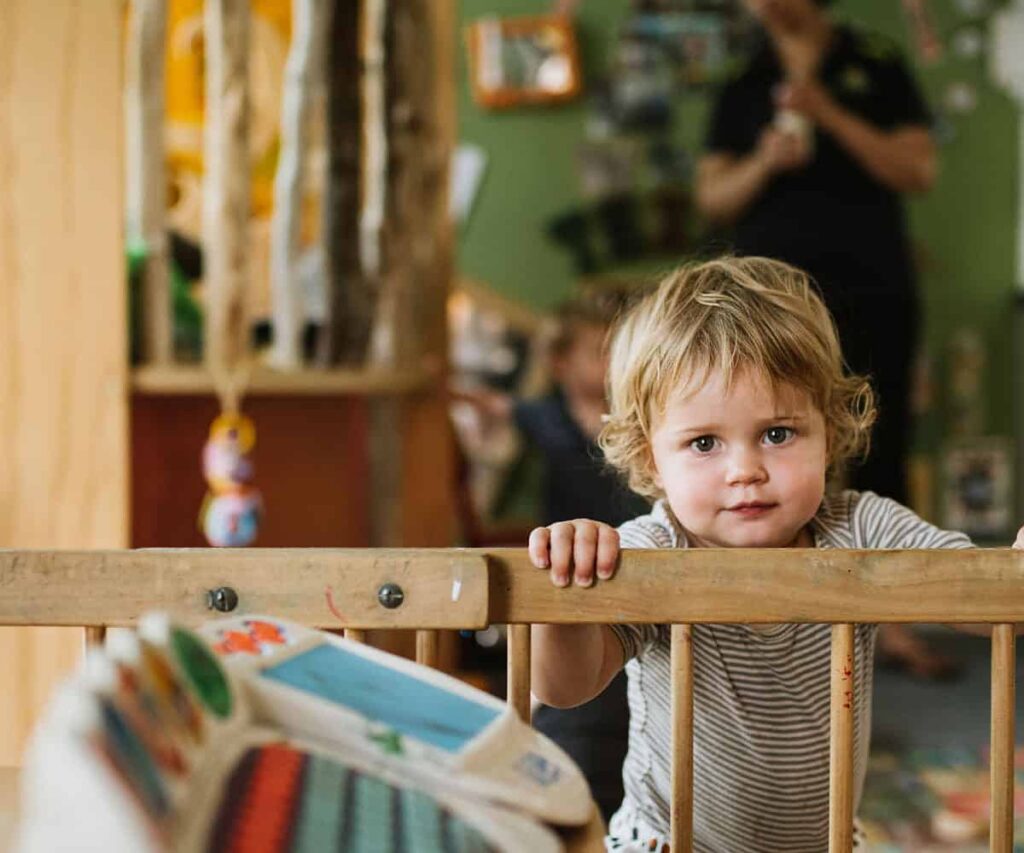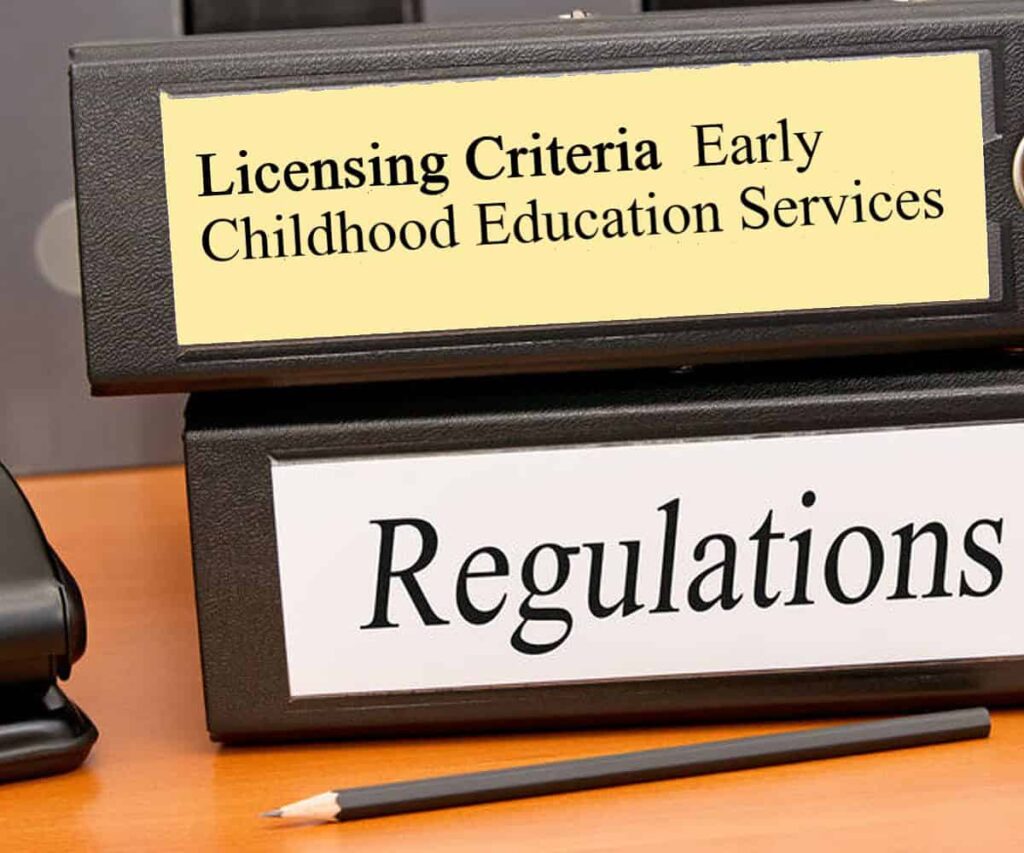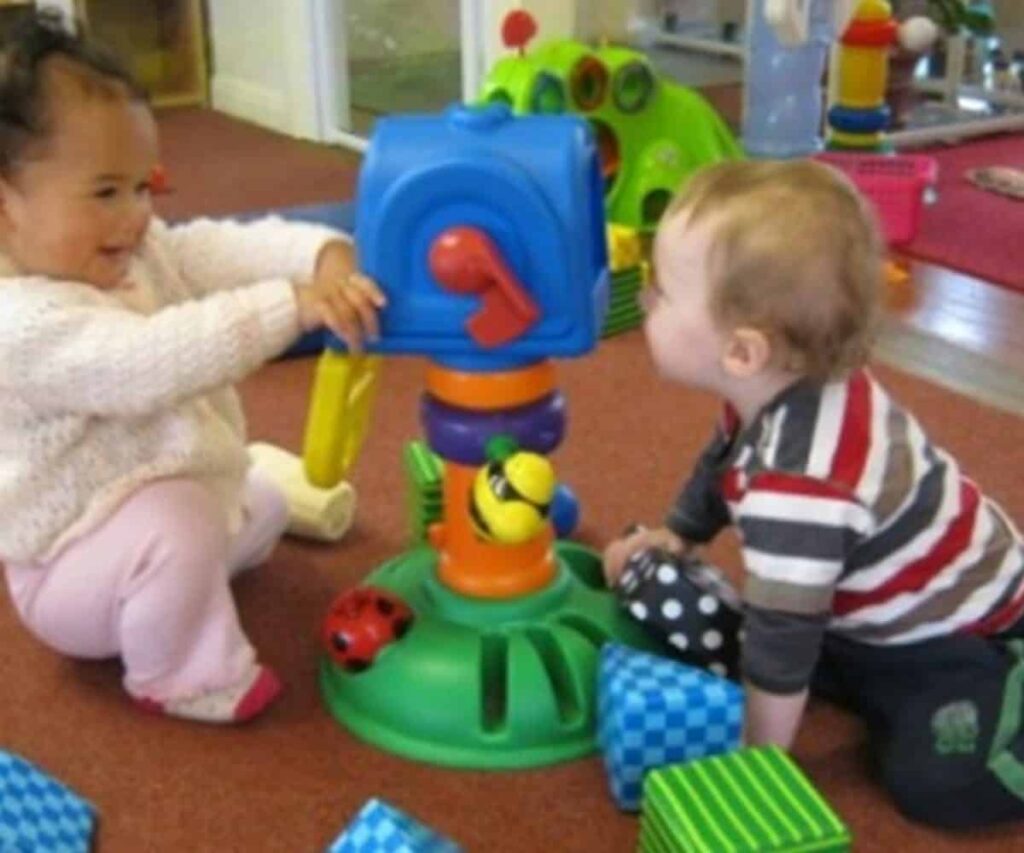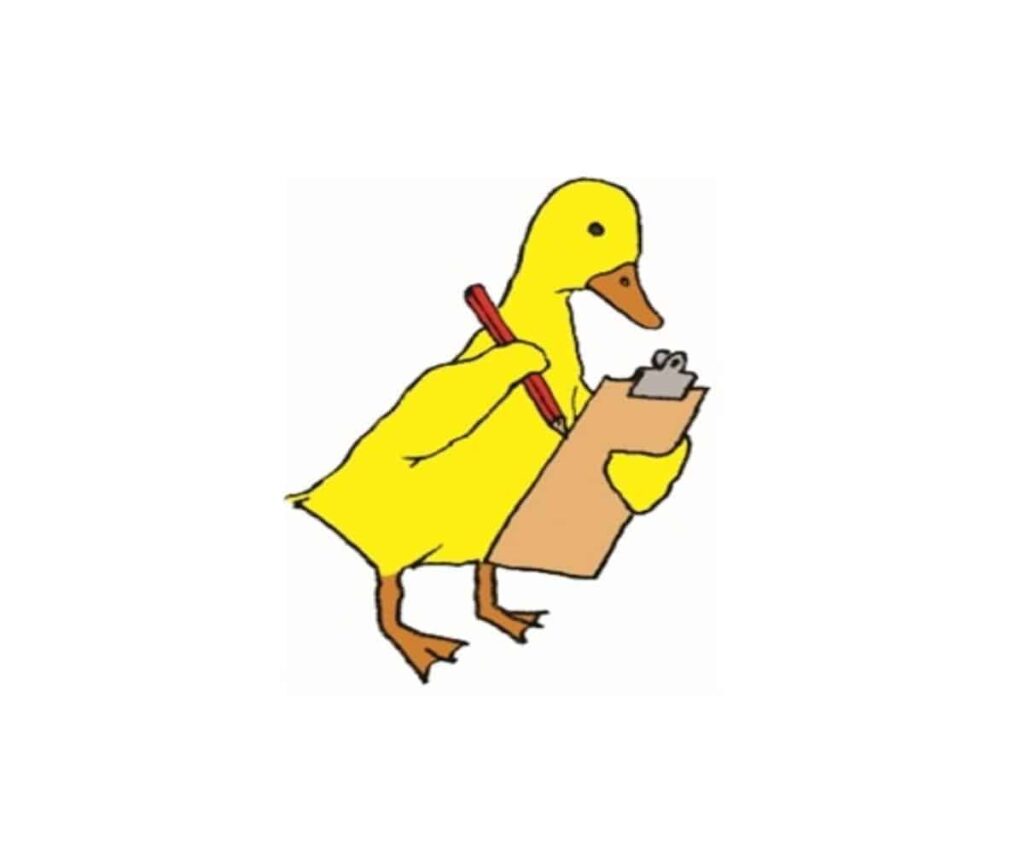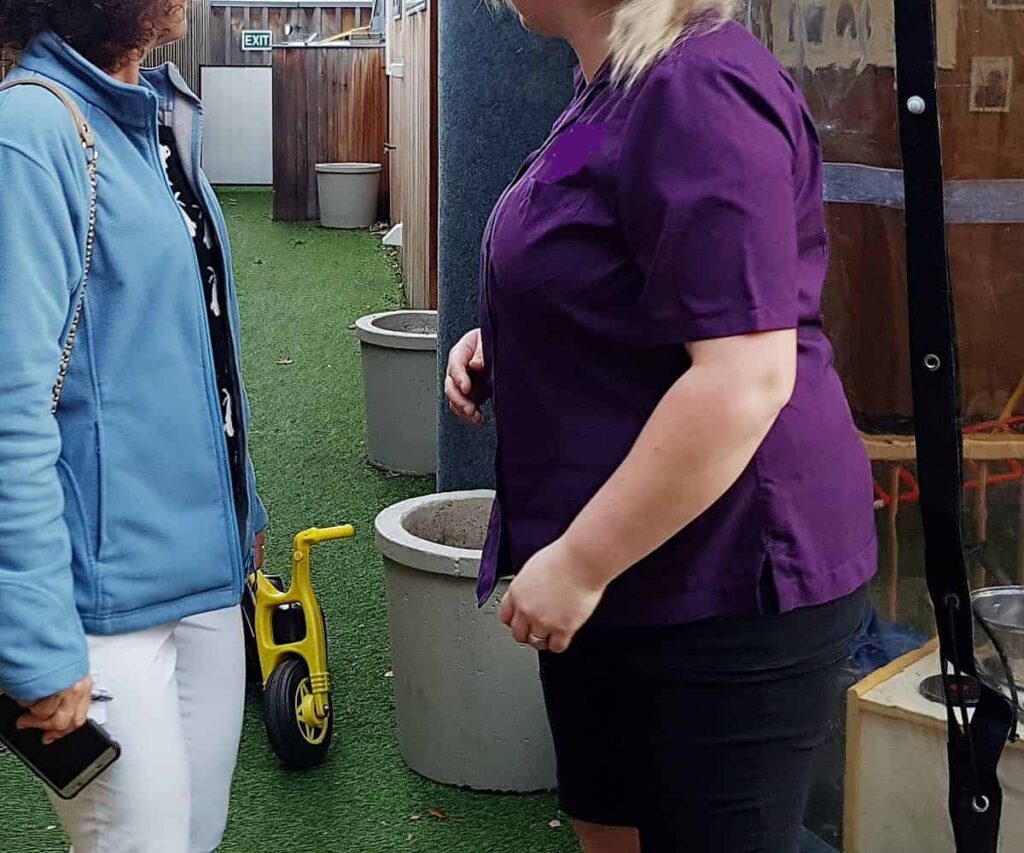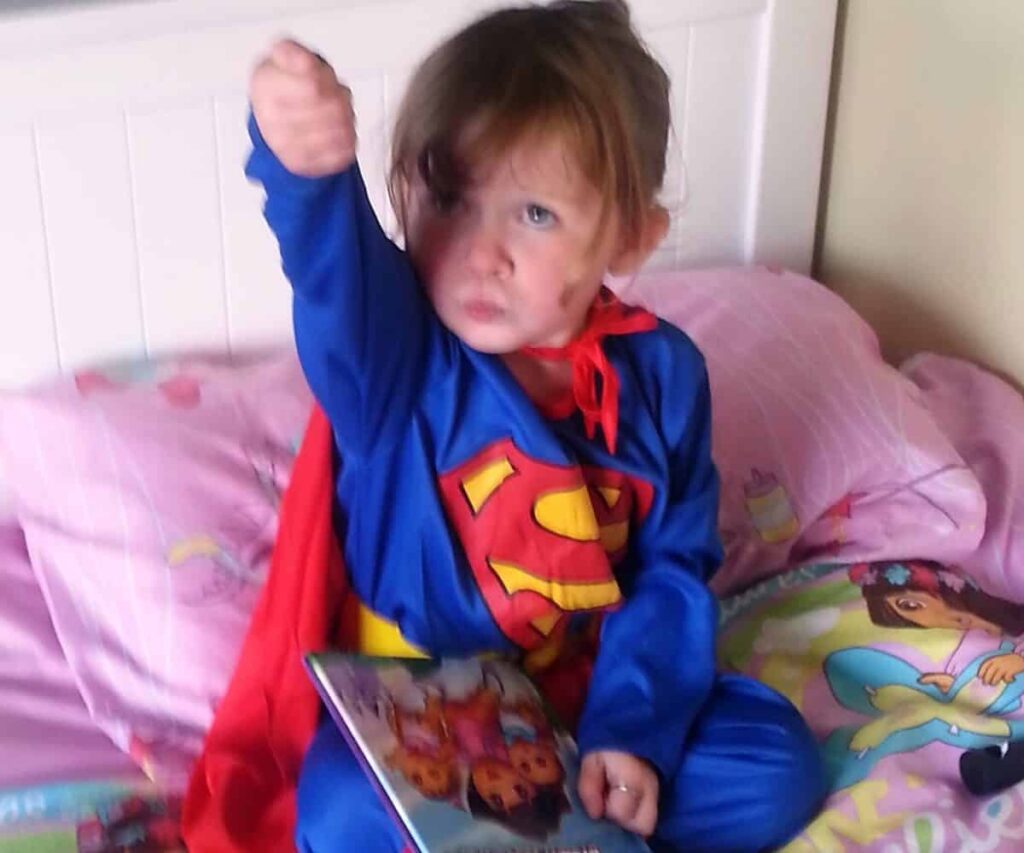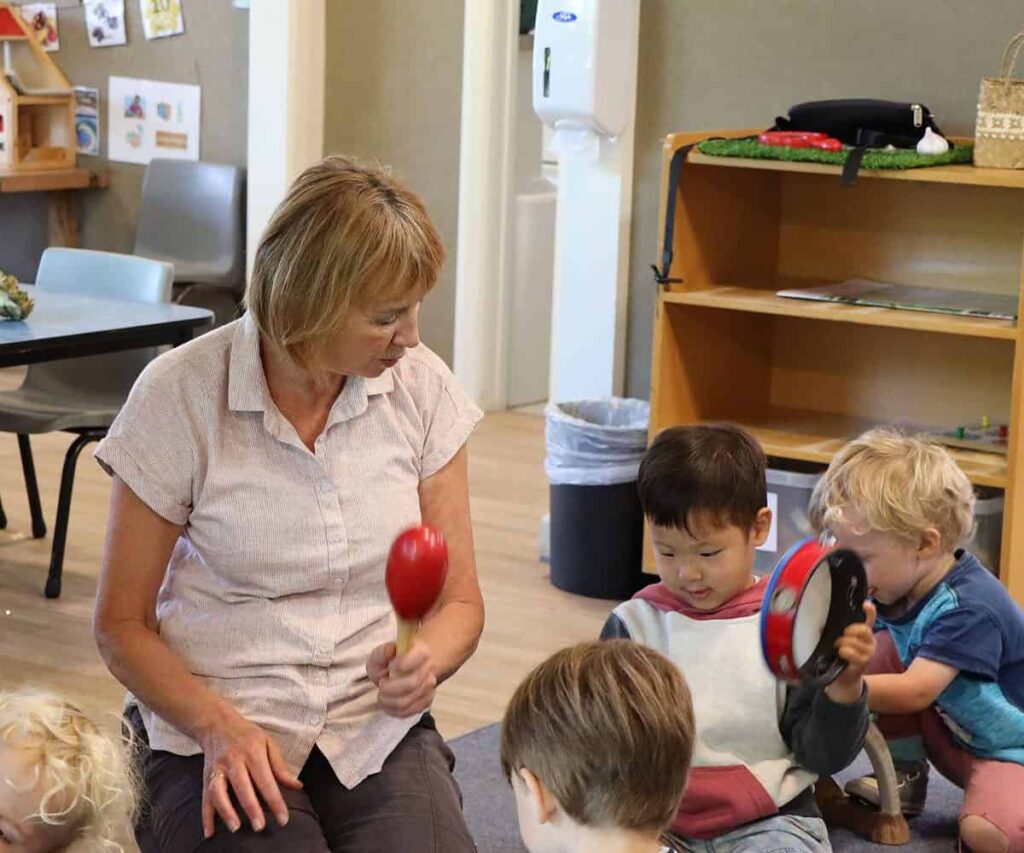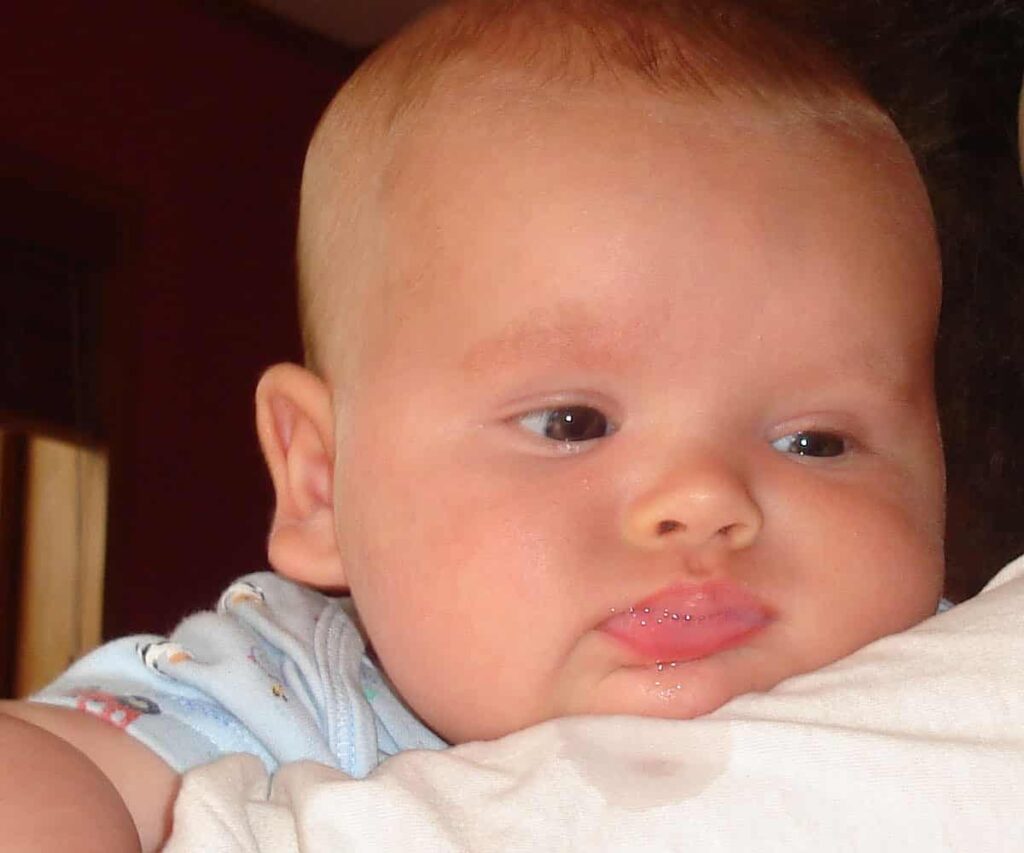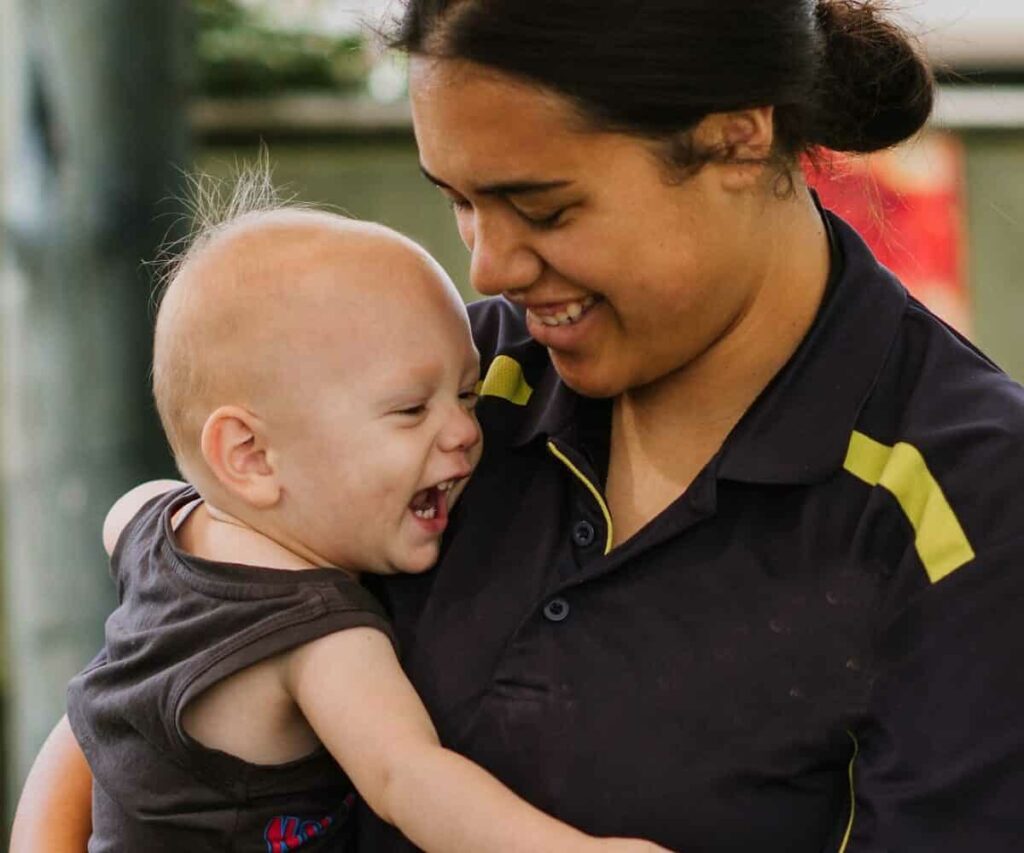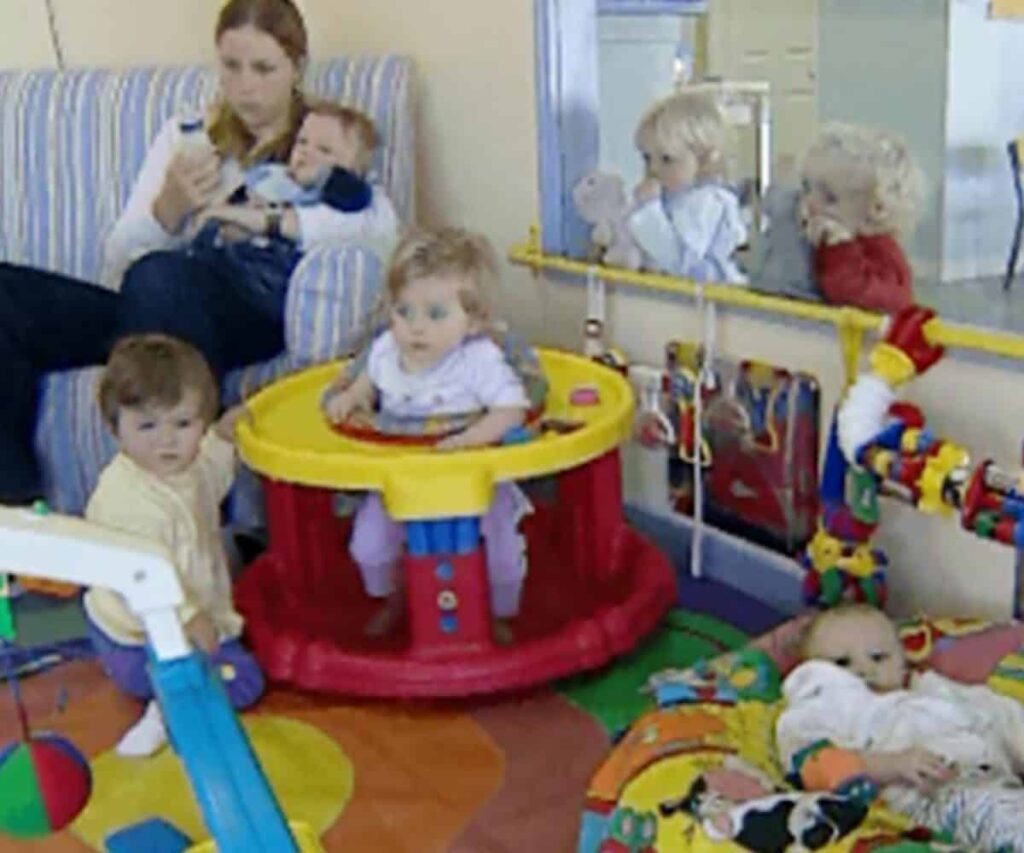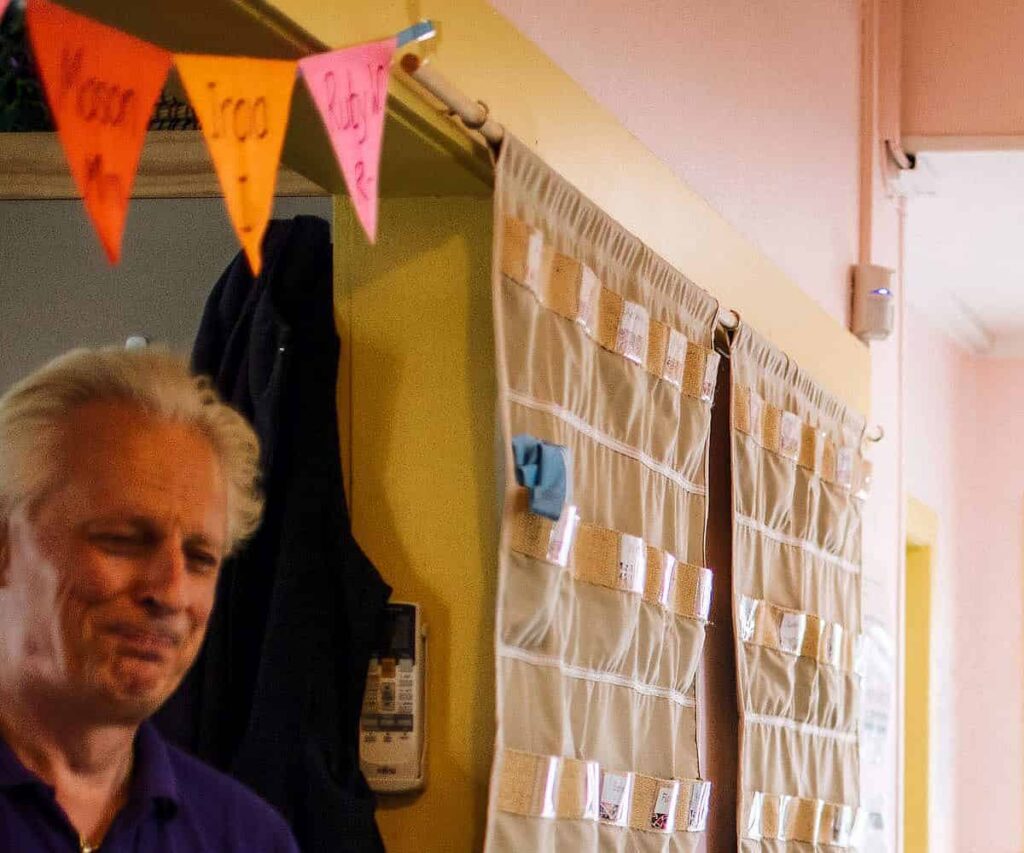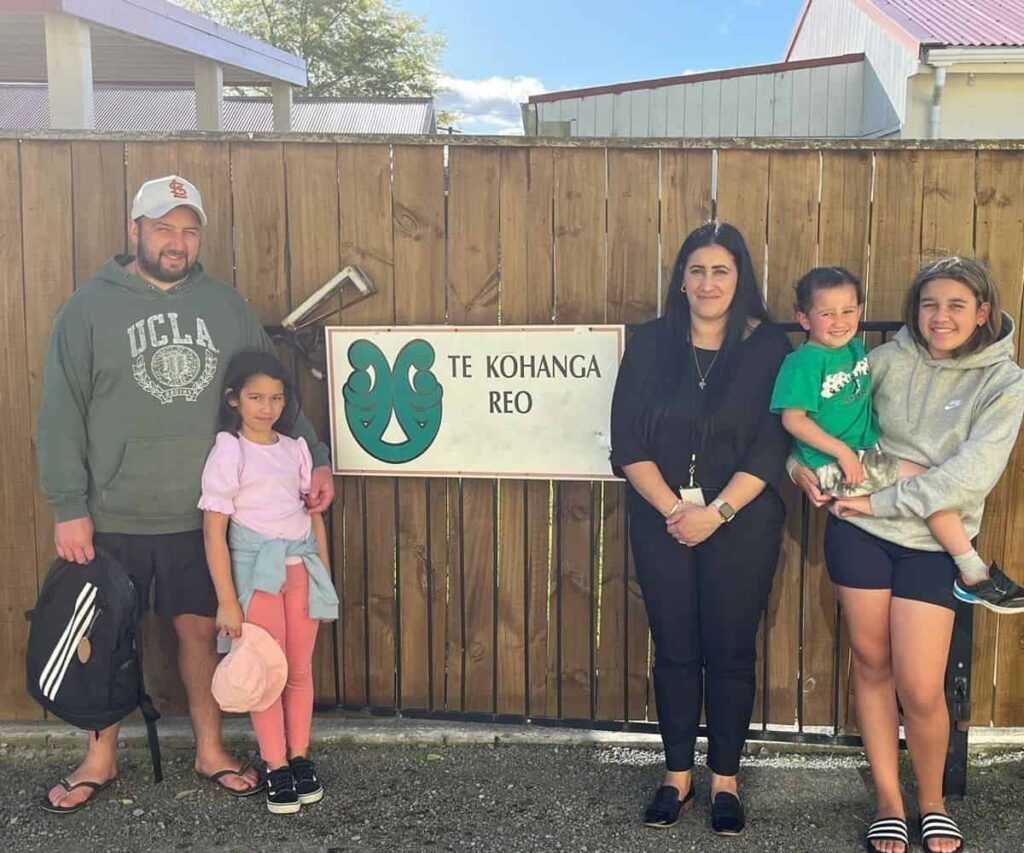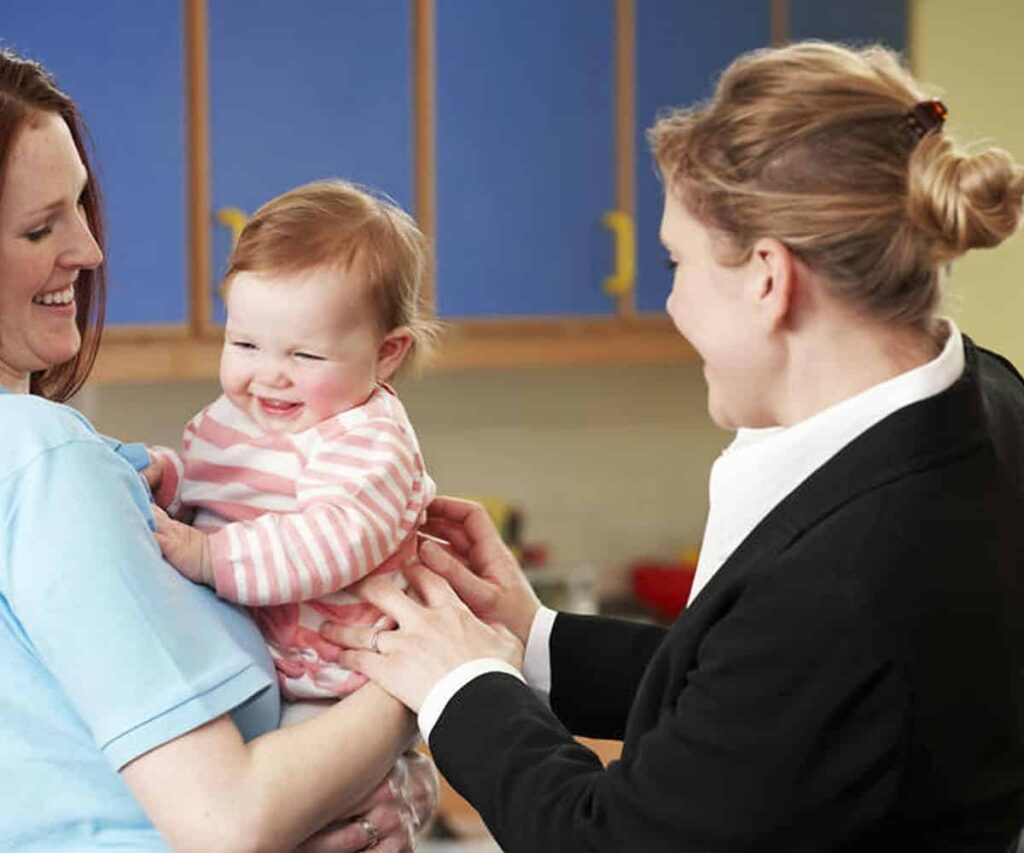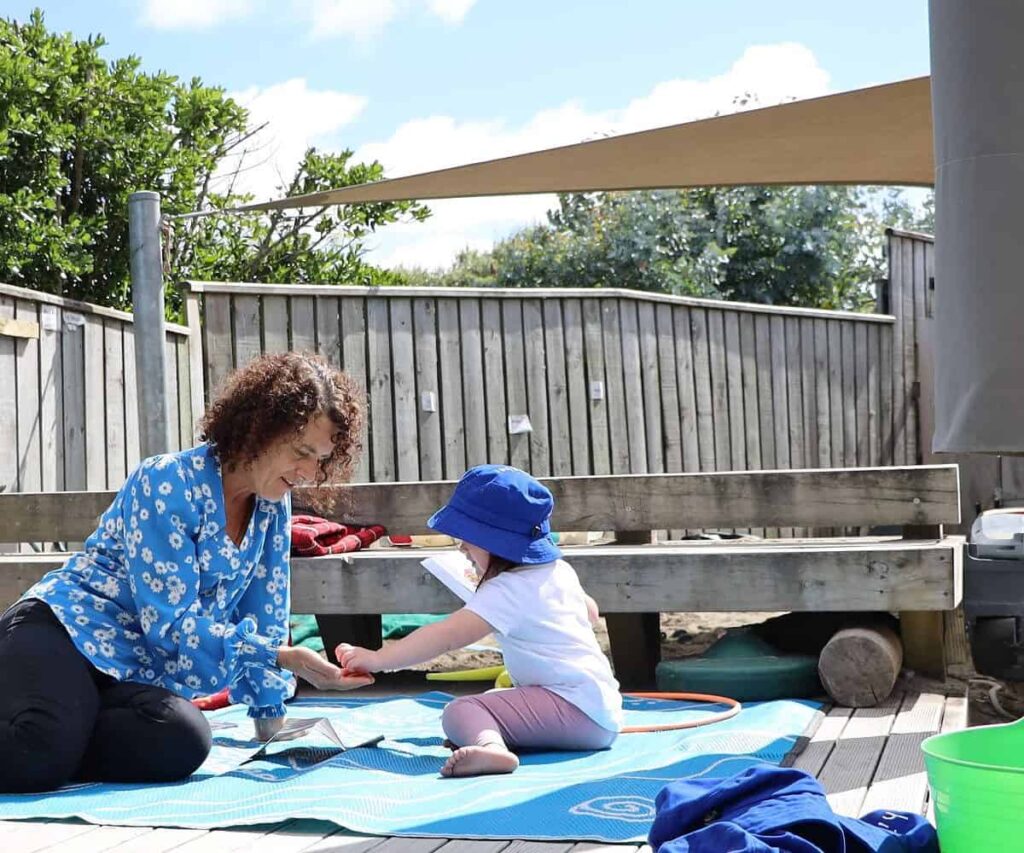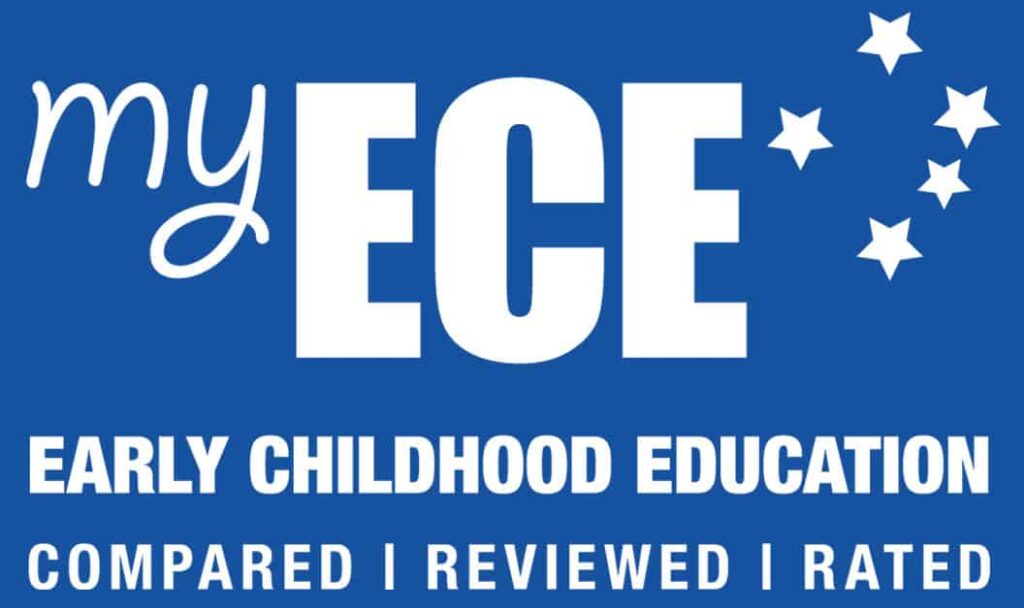Minimum adult-to-child ratios (adult:child ratios) – that is the minimum number of adults to a specific number of children – are specified in regulation.
Who is defined as an adult
When applying ratios, an adult is a person who is 17 years or older and involved in duties other than food preparation and serving, administrative duties, and maintenance.
In all ECE services except for home-based, to count as an adult the adult must not be at lunch, having a break, or carrying out non-contact duties.
When the adult can be counted as being in the adult to child ratio
The adults must be actively caring for children to be counted as being in ratio. The purpose of the requirement is to stop centres counting any person who is on site, which may mean actually less people are involved in caring for children.
In all ECE services there must be at least one qualified and certificated teacher who assumes the position of “person responsible” (responsible for supervising the children and adults) per every 50 children. In centres the “person responsible” is counted as an adult in the ratio. In home-based services the “person responsible” is usually the programme coordinator or visiting teacher and is therefore counted as being outside of ratio.
Who is defined as a child
When applying ratios, a child is a person who is under 6 years of age who is enrolled and attending the service. This includes teachers’ children but excludes the children of home-based educators should their child be enrolled at primary school.
When a child is not counted as being in the ratio
The total number of children for the licence may at times be exceeded due to children being present who are not in the ratio, for example if parents have arrived to pick up their child and are staying outside of enrolment hours to chat. Or, if a younger sibling accompanies the parent who is visiting their enrolled child for lunch (in this case the parent is responsible for supervision of the younger sibling and not the service). Children who are visiting the service e.g., to potentially enrol are not counted as being within the ratio.
Adult:child ratios in teacher-led centres
A teacher-led centre is any education and care centre that is not licensed as a Playcentre or Te Kōhanga Reo.
The following tables show the minimum number of adults required to be actively caring for children. The number of adults required at minimum, is determined by the:
- number of children
- children’s age
- number of hours a child can attend – sessional centre or an all-day centre.
Adult to child ratios for children under 2 years at both all-day and sessional centres
| Legal requirement – How many adults | Legal requirement – How many children | Best possible ratio * | Minimum ratio across whole centre |
| 1 | 1-5 | 1:1 | 1:5 |
| 2 | 6-10 | 1:3 | 1:5 |
| 3 | 11-15 | 1:4 | 1:5 |
| 4 | 16-20 | 1:4 | 1:5 |
| 5 | 21-25 | 1:5 | 1:5 |
| 6 | 26-30 | 1:5 | 1:5 |
| 7 | 31-35 | 1:5 | 1:5 |
| 8 | 36-40 | 1:5 | 1:5 |
| 9 | 41-45 | 1:5 | 1:5 |
| 10 | 46-50 | 1:5 | 1:5 |
| 11 | 51-55 | 1:5 | 1:5 |
| 12 | 56-60 | 1:5 | 1:5 |
| 13 | 61-65 | 1:5 | 1:5 |
| 14 | 66-70 | 1:5 | 1:5 |
| 15 | 71-75 | 1:5 | 1:5 |
* The ratio requirements are higher (more adults to children) when there are fewer children. When there are more children, proportionately fewer adults are required. For example, when there are 7 over-2s the requirement is for 2 adults (a ratio of 1 adult to 4 children) but when there are 101 over-2s, the requirement is for 11 adults (a ratio of 1 adult to 10 children). No explanation is provided in the regulations as to why fewer adults are proportionately required when there are more children present.
Adult to child ratios for children 2-years and older at all-day centres only (licensed to care for children for more than 4 hours)
| Legal requirement – How many adults | Legal requirement – How many children | Best possible ratio * | Minimum ratio across whole centre |
| 1 | 1-6 | 1:1 | 1:6 |
| 2 | 7-20 | 1:4 | 1:10 |
| 3 | 21-30 | 1:7 | 1:10 |
| 4 | 31-40 | 1:8 | 1:10 |
| 5 | 41-50 | 1:9 | 1:10 |
| 6 | 51-60 | 1:9 | 1:10 |
| 7 | 61-70 | 1:9 | 1:10 |
| 8 | 71-80 | 1.9 | 1:10 |
| 9 | 81-90 | 1.9 | 1:10 |
| 10 | 91-100 | 1.10 | 1:10 |
| 11 | 101-110 | 1.10 | 1:10 |
| 12 | 111-120 | 1:10 | 1:10 |
| 13 | 121-130 | 1.10 | 1:10 |
| 14 | 131-140 | 1:10 | 1:10 |
| 15 | 141-150 | 1:10 | 1:10 |
Adult to child ratios for children 2-years and older at sessional centres only (licensed to care for children for 4 hours or less at a time)
| Legal requirement – How many adults | Legal requirement – How many children | Best possible ratio | Minimum ratio |
| 1 | 1-8 | 1:8 | 1:8 |
| 2 | 9-30 | 1:5 | 1:15 |
| 3 | 31-45 | 1:11 | 1:15 |
| 4 | 46-60 | 1:12 | 1:15 |
| 5 | 61-75 | 1:13 | 1:15 |
| 6 | 76-90 | 1:13 | 1:15 |
| 7 | 91-105 | 1:13 | 1:15 |
| 8 | 106-120 | 1:13 | 1:15 |
| 9 | 121-135 | 1:13 | 1:15 |
| 10 | 136-150 | 1:13.6 | 1:15 |
Ratios when children are of mixed age in a centre
If licensed for children of both age groups, and whether operating all-day or sessional, the adult-child ratio is
- 1 adult for up to 3 mixed aged children (i.e., aged between 0 – 6 years)
- If more than 3 mixed aged children then the table above is used to find the sum of the relevant minimum staffing requirements, e.g., for an all-day centre:
- If 4 under-2s and 15 over-2s then minimum requirement is 3 adults (1 adult + 2 adults)
- If 25 under-2s and 25 over-2s then 8 adults (5 adults + 3 adults)
- If 75 under-2s and 75 over-2s then 23 adults (15 adults + 8 adults)
Spare capacity for under-2s children can be offset in certain circumstances against the number of children over-2 in determining ratios, for example:
- If 4 under-2s and 15 over-2s then minimum requirement is 3 adults however 1 child over two years could be added.
- If 2 under-2s and 9 over-2s then minimum requirement is 3 adults however 3 children over two years could be added.
Circumstances include when the ratio of children attending under 2 years is less than number the centre is licensed for and less than the threshold number for ratios – threshold numbers being 5, 10, 15, … The applicable minimum staffing requirement must be maintained as for under-2s even with some over-2s filling the spare capacity for under-2s. If in doubt, check with your local Ministry of Education ECE licensing officer. Note: As stated above when there is one adult the maximum is 3 mixed aged children – the spare capacity rule may not apply unless approved by the Ministry.
Adult to child ratios per room or group
The legislation allows for ratios to be calculated across a centre. The centre may have more than one building. Hence, some rooms, buildings, or groups within a centre may exceed the minimum ratios while other areas within the centre may have poorer ratios – but overall, the centre is judged by the Ministry of Education as being in compliance with minimum adult-child ratio requirements if it meets the whole centre applicable ratio requirements for the total number of adults to the total number of children.
However, the Ministry of Education may direct a teacher-led centre to increase the level or kind of staffing beyond the minimum requirements (see the Tables above) after considering the needs and ages of children and the design and construction of the premises. So, if you spot too many children and not enough adults in a room or play space to ensure safe supervision and teaching of children, you could make a complaint to the Ministry of Education and request that ratios for the centre be increased for safety and supervision.
Adult to child ratios when taking children on outings
At least the same ratio of adults to children as shown in the Tables above must be maintained when on outings and for any children remaining at the centre. Before taking children on outings, centres are also required to undertake an assessment and management of risk and determine adult-child ratios according to the assessment. It may be that an assessment carried out by the centre of the risk (e.g., of taking children to a stream at a park) determines that the numbers of adults to children should be better than the minimum legal requirements, but this is at the centre’s discretion.
Home-based
Homebased services are restricted to 4 children per educator. Home-based services must not have more than 2 children aged under 2 years in the same home at the same time, unless they are siblings. And, if more than 3 siblings aged under 2 years are receiving education and care, in the same home at the same time, then 2 educators must be present.
Playcentres
Funding rules require that Playcentres maintain a ratio of at least 1 adult to every 5 children. Children aged under two and a half years must be cared for by their parent/caregiver.
Kōhanga Reo
Funding rules require that individual Kōhanga Reo under the stewardship of the Te Kōhanga Reo National Trust Board maintain ratios of at least 1 adult to 4 under-2s, and 1 adult to 6 two-year-olds and over. Kōhanga Reo may operate on a minimum ratio of 1 adult to 5 under-2s and 1 adult to 6 two years old and over and are funded at a higher rate when there are:
- Two persons with Whakapakari Tohu or
- Two persons in the final year of Whakapakari Tohu plus one other person with Attestation or
- One person with Whakapakari Tohu plus one person in the final year of Whakapakari Tohu plus one person with Attestation.
Failing to meet minimum standards
The Ministry of Education needs to know:
- If you are concerned children’s needs are not being met.
- If you are concerned a service is not meeting a minimum legal requirement.
READ MORE: How to make a complaint and your options.
CAUTION: This page and the information here is provided as part of the My ECE Guide to Regulations and Licensing Criteria for Early Childhood Education Services (The Guide). The Guide does not purport to be a full and accurate interpretation of all statutory provisions relating to early childhood education services. While best efforts have been used in preparing this guide, no representations or warranties of any kind are made and My ECE assumes no liabilities of any kind with respect to the accuracy or completeness of the content. Please note that the Government and Ministry of Education may change, update, or alter any of the requirements at any time. Please help to keep the information on this page up to date by letting us know of changes that need to be made.
Thank you! Kia pai te rā
Reference:
Adult to Child Ratios and Who Can be Counted in the Ratio. Published in the My ECE Guide to Regulations and Licensing Criteria for Early Childhood Education Services, prepared by Dr Sarah Alexander and Warwick Marshall.
Last reviewed: 20 November 2022
